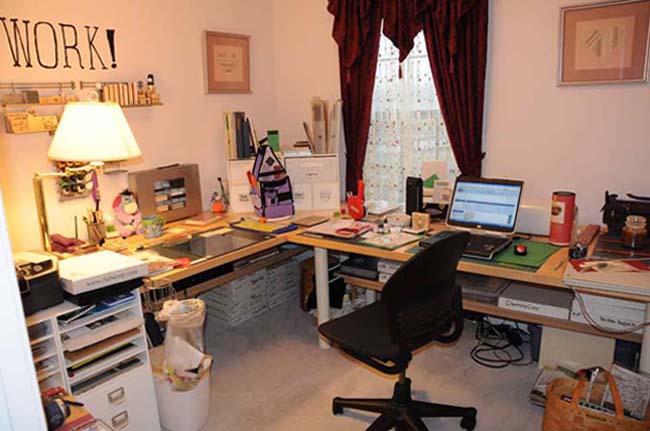I was answering a question on a forum about why clear stamps were giving one lady a blurry, blobby, blotchy image, instead of the crisp, clear image that she wanted. I ended up giving out this information. I expanded it a bit for my blog, because forum posts need to be shorter.
Many clear stamps do not contain a great deal of detail. Rubber stamps can have much more detail than clear stamps. A rubber stamp has more potential for a crisp image with details and depth. An example of this would be shading or textures. A rubber stamp can replicate a texture, a clear stamp can't.
You might need to 'condition' or 'season' your clear stamps. Try rubbing the stamp with an eraser, to clean off the last of the goo they used to coat the mold when they made the stamp. That will allow the stamp to hold your ink better. I will sometimes use Staz-On stamp cleaner on a brand new stamp, to clean off that goo. To keep my cleaning pad free of goo that might transfer back to the next stamp I'm trying to clean, I use a paper towel instead of my cleaning pad. Some folks will use fine grit sandpaper to remove the goo, or rub stamps on the palm of their hand to apply a bit of oil. Staz-On cleaner contains oil and I have dry skin. I'd only use the sandpaper if nothing else worked, due to the risk of destroying a stamp.
I also find that the surface I stamp on for clear stamps needs to be firm, and I can control the pressure I'm using much better. On either style of stamp, too much cushioning or too much pressure will give you a less crisp image.
Don't forget that the surface quality of the paper you are stamping on makes a huge difference. You will get your best stamping results with a smooth, tightly grained paper. Paper with a great deal of texture, or a more absorbent surface can give you a poor result. The ink can bleed and become blurry when using an absorbent paper. Textured paper will not let the surface of the stamp touch the paper in all areas. If you are using absorbent paper, use less ink and choose one that dries quickly. On textured paper, you will want to work with the padding under your paper and the amount of pressure you use when stamping to find the best combination. Plan to do several test stamps.
Last, double check that you aren't using too much ink. On a clear stamp, some inks kind of bead up, and it looks like you have a lot less ink on the stamp than you really do, so you tap it on the ink pad again and make things worse. Too much ink will give you a blurry, blobby, mushy-edged image, regardless of paper, pressure or padding. I'll stamp off before I re-ink, so I start each time with a pretty clean stamp.
Hmmm... I like that 'paper, pressure, padding' phrase. I'll have to figure out a way to create some kind of teaching sentence that uses it.
Wednesday, July 9, 2008
Subscribe to:
Post Comments (Atom)





2 comments:
GREAT advice!
Those are great tips! I have been getting into the clear stamps more and more. I have one set that I just could not get a clear image of no matter what I tried. I'm going back to try this! TFS! LMK if you want me to email you directions for the star book too! They're super easy just take a lot of red sticky tape!
Post a Comment